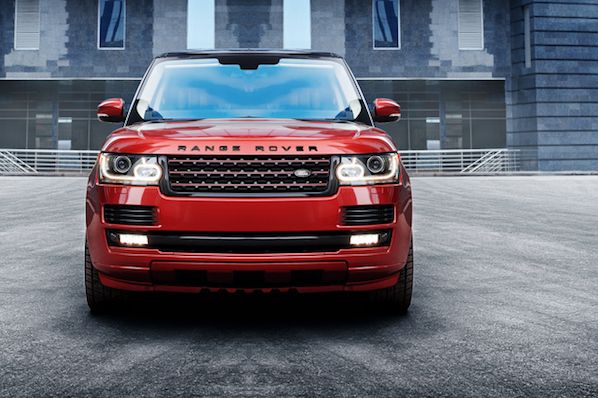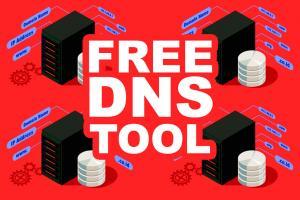Ad Management
It seems like every commercial is trying to be funny these days, and it makes sense because humor is a way to sell your brand without outwardly selling something. By appealing to a consumers’ funny bone, you’re able to engage with them and help them remember your brand. Incorporating humor can work for almost any business or any product. Businesses with highly specialized or expensive products can take advantage by appealing to all audiences. Businesses with small budgets can still take the time to make a clever joke. The bonus is that someone who interacts with your marketing may not be your target customer, but they could very well share your information with someone who is. It’s all about brand awareness. When it comes to humor, it’s important to be authentic. The brands that make humor work know their persona and their audience well enough to know what will make
LinkedIn is a highly valuable tool for networking with like-minded professionals. But here’s something we don’t talk about as much as we should: LinkedIn is also a useful inbound marketing platform. It might seem a little bit intimidating. You have enough on your plate; do you really need to figure out another way to create targeted content? Actually, yes. You have more power at your disposal with LinkedIn than you might realize. That’s because LinkedIn has a powerful ad platform. If you’re already using pay-per-click (PPC) techniques to power your presence on Facebook, X, or Google, consider yourself lucky — you can add LinkedIn to that list, too. This is especially easy to do if you’re using the HubSpot ads tool. But if you’re new to LinkedIn Ads, fear not — we’ve put together a step-by-step guide to setting up your first LinkedIn ad campaign. Before we dive
Facebook offers many ways to test the performance of your Facebook ads before they go live. One of the most popular tools Facebook offers is A/B testing, which allows you to find out which imagery and copy resonates most with your audience. Here, let’s dive into how you can A/B test your marketing ads on Facebook step-by-step. Even if you’re a beginner, don’t fear — split testing on Facebook is easy, and the boost in ROI can be exponential. Let’s get started. A/B Testing Facebook Ads A/B testing, or split testing, is a term used to describe the process of running marketing experiments to see which version connects better with your audience. Usually, they’re tested simultaneously, and the variables can be anything from layout to copy to multimedia. A/B testing on Facebook is popular because it gives marketers an idea of what types of ads earn the highest conversion rates.
When setting up a paid Facebook ad, there are a lot of boxes to be checked. Are you targeting the right people? Did you choose the right bidding model for your ad? Are you running the right type of ad? If we’re being honest, it can get a little confusing. To help simplify the process for you, we’re breaking down the step-by-step process of running an ad on Facebook. And to make it even better, we put together a checklist to help you keep all of your campaign details straight. With this resource in hand, let’s dive in to help you build the right ad for the right audience on this expansive platform. Why advertise on Facebook? With more than 2.9 billion people using Facebook every month, and nearly 1.9 billion users every day, Facebook offers a unique opportunity for marketers to augment their organic efforts. Your business can reach
On average, Facebook is home to 3 billion daily active users — from CEOs to students to companies. And while the community is clearly there, connecting with them from a marketing standpoint isn’t always easy. For brands, posting on Facebook alone isn’t enough anymore, especially for ones just starting out. Sure, you can invest in promotional content to drive users to your Facebook Page and website, but this requires more than an ad budget: it requires strategy. One way to get the most out of your Facebook ad strategy is to create optimized Facebook Ads targeted at the right audience. By leveraging optimized ads, you can better allocate your PPC budget and better promote your brand. We’ll show you how to make a great ad to achieve these goals through the best Facebook ad examples and practices we’ve seen yet. Do Facebook Ads Work? Best Facebook Ad Examples How do
In the social media marketing world, marketers reminisce about the times when they could fill up on organic reach like our parents reflect on their college years with that old saying, “those were the good old days.” As time has flown by, social media’s purge of organic reach flung marketers onto a rollercoaster ride trying to figure out how to boost a post for customers to actually see — which is a challenge when you’re up against so many competitor ads. With almost 3 billion social media users today, millions of brands have promoted their content on these platforms for years. But the popularity of social media has flooded each platform with hoards of articles, photos, and videos, skyrocketing the supply of content while the demand for it has plateaued. This has lowered the amount of opportunities that brands can leverage to interact naturally with customers. Needless to say, social…
The next Super Bowl is coming. And as we get closer to the big game, Americans aren’t just looking forward to the football — they’re also excited to see what the nation’s big-budget brands will come up with for this year’s ads. While much is still unknown about 2022’s Super Bowl commercials, a few leaked ads hint that a lot of content will err on the relatable and comedic side, while still giving viewers the high-budget excitement the Super Bowl ads we know and love. Here’s just one example of a commercial we can expect on Super Bowl Sunday from Budweiser. The ad, directed by Academy Award winner Chloé Zhao, features a Clydesdale horse that overcomes a significant debilitating injury, which is meant to symbolize the resilience people have shown time and time again during the continued COVID-19 pandemic. But leaked ads aren’t the only thing we can watch to…
You’ve heard it a million times, native advertising is one of the most immersive advertising experiences. But what exactly is native advertising, and why is it causing such a stir for brands, agencies, and publishers? Native ads developed as a concept over 10 years ago and have a unique ability to evolve with media as it changes. They have since overtaken display ads as the most popular form of digital advertising. Native advertising is a chance to put editorial expertise to work for advertisers and brands. It provides a more trusted and valuable, channel to reach readers as compared to banner or traditional display advertising. In this article, we’ll cover why they’ve continued to grow in popularity and effectiveness and how you can incorporate them into your marketing strategy next quarter. A small icon is also an indicator, often a small “s,” that if you click on it will indicate…






![hubspot:-how-to-boost-a-post-on-social-media-[instagram,-facebook,-and-twitter]](https://topdeliverability.com/wp-content/uploads/2022/02/11811-hubspot-how-to-boost-a-post-on-social-media-instagram-facebook-and-twitter.jpg-23keepProtocol)






